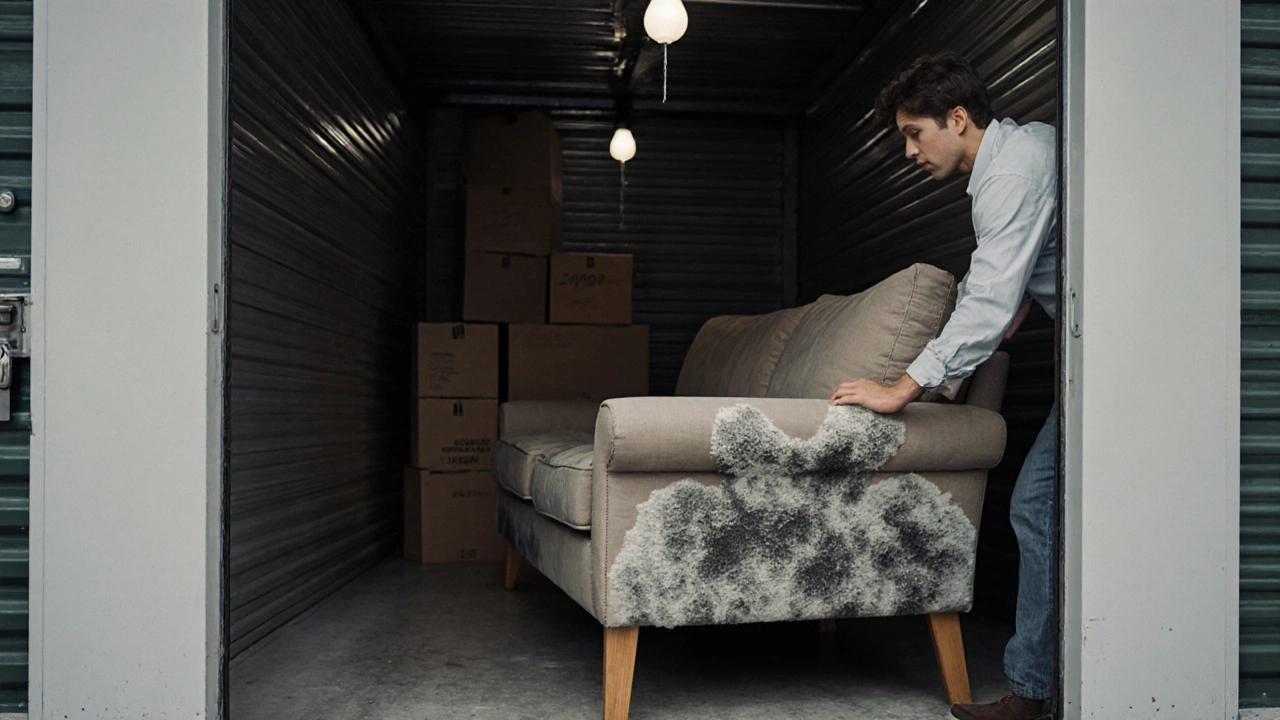Humidity Control: Simple Tips to Keep Your Home Comfortable and Safe
Ever walk into a room and feel the air is either dry as a desert or sticky like a sauna? That’s a sign your indoor humidity is off‑balance. Too much moisture invites mold, warps wood, and makes you feel sluggish. Too little dries out skin, cracks furniture, and makes static shocks a daily annoyance. Below are quick, practical steps you can take right now to get the humidity in the sweet spot (about 30‑50% for most homes).
Measure, Then Adjust
The first step is knowing where you stand. A cheap digital hygrometer costs under $20 and gives you an instant readout. Place one in the living room, another in the bedroom, and check the numbers in the morning and evening. If the reading is consistently above 60%, you’re in a high‑humidity zone. Below 30%? You’re dealing with dry air.
Once you have numbers, pick the right tool. For high humidity, a dehumidifier does the heavy lifting. Look for a unit that can handle the square footage of the space; most models list a “pint per day” capacity. Run it in the evenings when the house is closed up, and empty the tank every few days. If you’re on a budget, open windows on a dry day or use a fan to circulate air and push moisture out.
For low humidity, a humidifier is the answer. Whole‑house models attach to your HVAC system, but portable tabletop units work fine for a bedroom or office. Aim for a steady output that brings the hygrometer reading up to that 30‑50% sweet spot. Adding houseplants can also boost moisture naturally, but don’t overdo it—too many plants can swing the humidity back up.
Seal, Insulate, and Vent Properly
Even the best gadgets can’t fix a leaky house. Check windows, doors, and the basement for water intrusion. Use weatherstripping around doors and caulk any gaps in the frame. In bathrooms and kitchens, exhaust fans should vent outside, not into the attic. Run the fan for at least 20 minutes after a shower or cooking session to pull moist air out.
Insulation matters too. Poor insulation lets warm, humid air seep into cold walls, where it condenses and creates mold pockets. Adding R‑value to your walls and attic helps keep temperatures even and reduces condensation.
Don’t forget the laundry room. Dryer vents must be clear and directed outdoors. A clogged vent pushes moist air back into the house, raising humidity levels instantly.
Protect Your Furniture and Floors
Excess humidity can rip apart wood frames, swell upholstered cushions, and make carpet fibers smell musty. Place furniture a few inches away from walls to let air circulate. Use coasters under indoor plants to catch water runoff, and wipe spills right away. If you notice a musty smell, pull out the cushions, let them air dry, and consider a quick spin in the dryer on low heat.
A simple trick for wooden furniture is to sprinkle a little talc powder between joints. It absorbs lingering moisture and stops squeaks. For leather sofas, a light application of a leather conditioner every few months keeps the material supple even when the air gets dry.
Flooring benefits from a balanced environment as well. Hardwood expands and contracts with moisture changes, which can cause gaps or buckling. A dehumidifier in the winter and a humidifier in the summer keep the wood happy.
Make It a Routine
Humidity isn’t a set‑and‑forget setting; it shifts with the seasons. Set a reminder to check your hygrometer each month and adjust your devices accordingly. Replace filters in dehumidifiers and humidifiers regularly—dirty filters make the units work harder and can spread mold spores.
Finally, keep an eye on the weather forecast. A rainy week ahead? Turn on the dehumidifier a day early. A cold, dry spell? Crank up the humidifier before the indoor air gets too parched.
By measuring, sealing, and using the right equipment, you can lock in a comfortable humidity level year‑round. Your health, furniture, and peace of mind will thank you.
Can Furniture Get Moldy in a Storage Unit? Prevention Tips
Learn how to prevent furniture from getting moldy in storage containers with practical tips, humidity control methods, and storage comparisons.
Easy Ways to Stop Mold from Growing in Storage Spaces
Beat mold in storage for good. Learn clever tricks, the best storage hacks, and proven facts on keeping mold out of your stored stuff all year round.
How to Prevent Mold on Furniture in Storage: Practical Tips That Work
Mold can ruin stored furniture quickly, turning it musty and unhealthy. This article breaks down clear steps anyone can follow to stop mold before it starts. You’ll learn what causes mold on furniture, which materials are most at risk, and exactly how to prepare furniture and your storage space. Get practical tips that work in real life to keep your stuff safe, dry, and mold-free.







